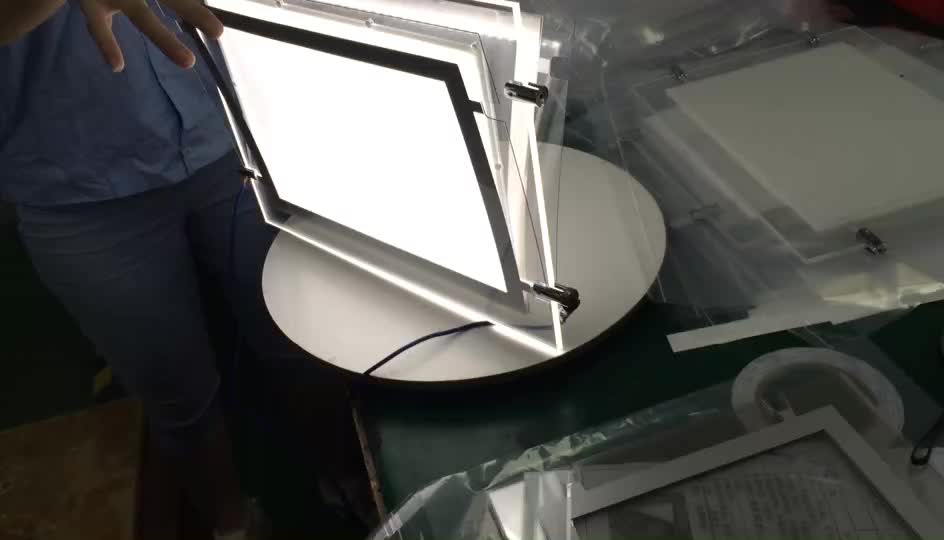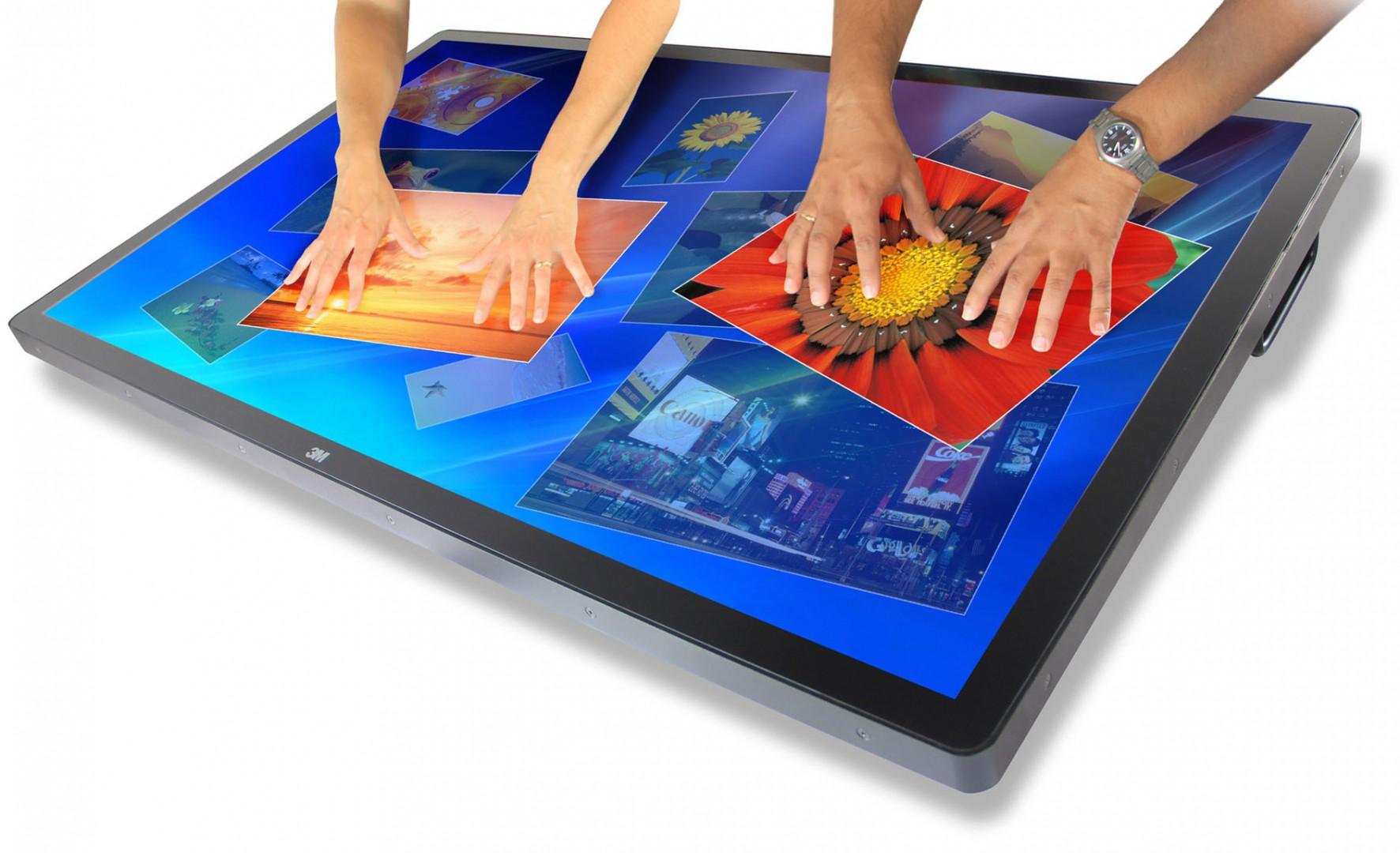Almost every aspect of our lives involves technology in one form or another and new products are entering the market to serve us almost daily. There are some areas in business which have been quick to embrace these new high tech ways to deliver their products and services to their customers, and others such as real estate which has been lagging behind.
Nevertheless, innovations are taking place in this field which has remained largely traditional for longer than in most fields. Realtors, agencies, marketers and buyers are all taking advantage of new technologies which are being offered. Since real estate is a highly competitive business, realtors are finding newer and better ways to interact with their clients and technology providers are quickly realizing that this has long been an under-served market. New ways of helping clients buy and sell real estate are not only making real estate more accessible to new players, but are streamlining the process and opening access to information.
Technology Rising in Real Estate Marketing
Interactive content in real estate is a very powerful tool for realtors, agencies and marketers because it provides a very attractive product for buyers and sellers. Not only does it help differentiate the real estate professional but gives the buyer a tool to explore homes, condos, lofts, neighborhoods from the comfort of their computers or mobile devices.
This helps real estate professionals in making sales and greatly decreasing their workloads.
The Latest Interactive Real Estate Trends
Digital Signage: We’ve all walked past a brokerage window plastered with a grid of for sale photo listings, so have our parents, and our grandparents. It’s an old and quite ineffective method compared with today’s available alternatives such as digital signage. It’s an attention catching sales tool, interactive and delivers more walk-in traffic generating more potential sales.
Virtual tours: An older but constantly evolving technology that can put the client inside the home and with 3D imaging it can make the client feel like they are really touring the property in person. It offers the closest thing to a firsthand experience which can be perfect for out of town clients. 3D virtual tours allow you to stroll around the property at will and get close to the details and elements that you want to explore the most.
Interactive Maps: Buying real estate is an emotional experience and many buyers want to go out and see a property as soon as they find out about it. In many cases this isn’t possible so interactive maps give the buyer a chance to explore the immediate area, see the house from the outside, take a stroll around the neighborhood and assess its curb appeal. This yields the potential buyer the chance to evaluate whether or not this property has potential for them or not, saving the realtor setting up needless viewings, saving them time and money.
Making all media interactive: Every device can be used with interactive technology and content as the software is designed to work with different screen sizes and with different platforms.
Incorporating interactive content is very relevant considering these fast-paced technological times. In fact, you should integrate Application Programming Interfaces (API) into the displays to spice up the user experience. The APIs do a great deal bringing housing data to the displays from variable sources, giving the customers an opportunity to effortlessly toggle through the available products to make informed choices of their preferable houses.
With the introduction of IntuiFace Explorer, wheeled out in IntuiFace Version 6.0 earlier this May, the real estate agents can tap into the technological advancement to integrate the real-time housing data within the highly engaging interactive content. The information varies from sales presentations to digital signage and information kiosks-to furnish the clients with up-to-date information.
As time goes by, Interactive Technology is slowly spreading its roots deep into the future of real estate. As it gives buyers an opportunity to personally explore homes and neighborhoods without interference, they’re more likely able to make good decisions after gleaning meaningful information regarding the houses. Additionally, the fact that they personally go about the entire process gives them more control in matters buying the houses.
Interactive technology is certainly useful for agencies, marketers, and realtors. Also, there are available resources to transform selling tools into interactive tools, bettering both the buyer’s and seller’s experiences in the long run. Putting into practice these nuggets will push your real estate business up a notch and overtime, to indescribable success heights.






